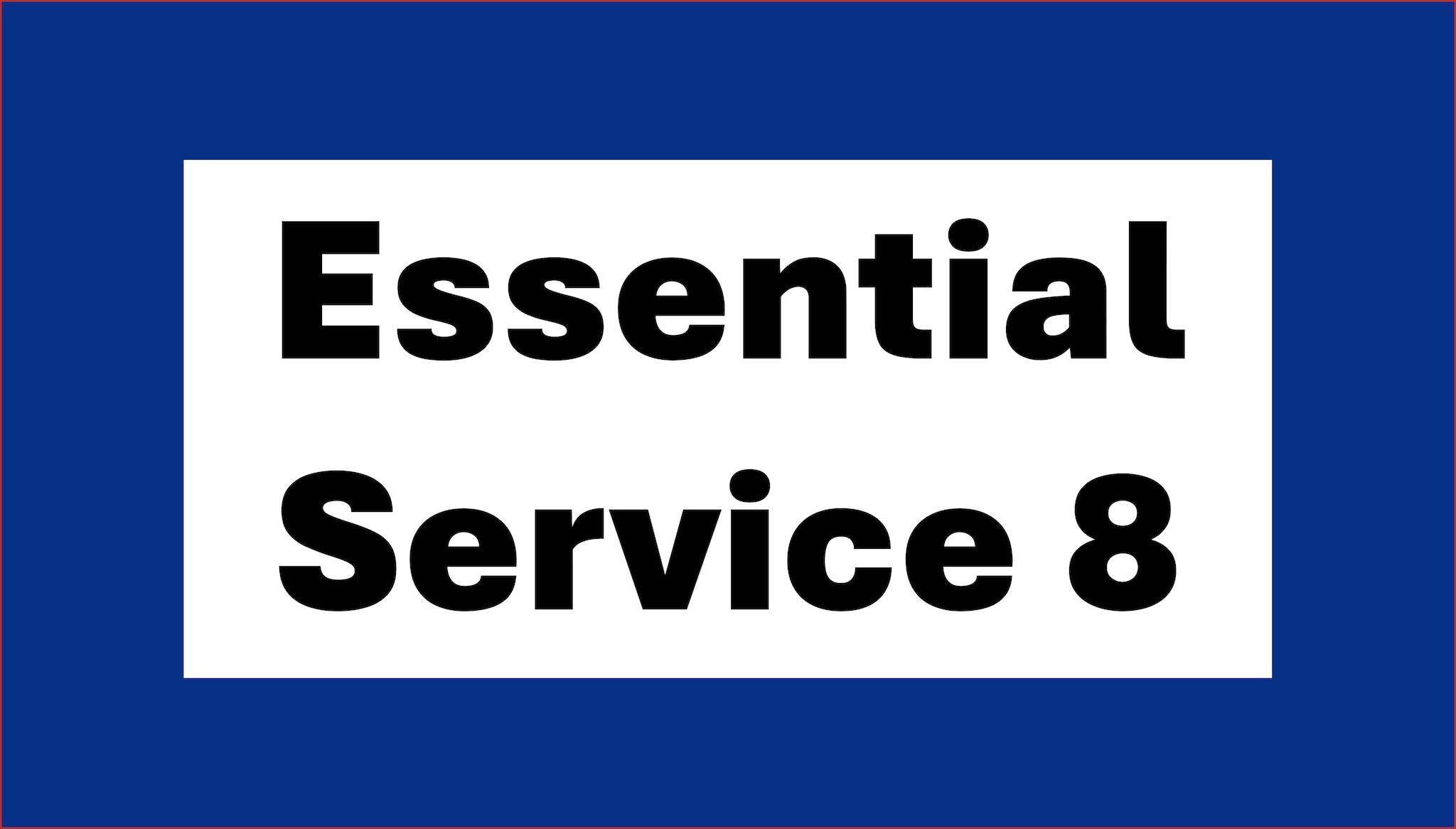At a glance
Learn how environmental health programs support Essential Public Health Service 8 and public health accreditation. Essential Public Health Service 8 is "Build and support a diverse and skilled public health workforce."

Activities that support this essential service
Here are some examples of common activitiesA that help deliver Essential Public Health Service 8 (Build and support a diverse and skilled public health workforce).
Providing the environmental health workforce with lifelong learning opportunities through continuing education, job-related training, and mentoring to meet community needs for environmental public health services.
Building a culturally competent and diverse environmental health workforce and leadership reflective of the diversity of the community it serves.
Identifying and addressing gaps (for example, competencies, composition, demographics, size) in the environmental health workforce relative to the needs of the community they serve.
Establishing requirements for licensure, registration, and certification of the environmental health workforce for relevant areas of environmental public health services such as the requirement for the Registered Environmental Health Specialist/Registered Sanitarian (REHS/RS) credential.
Activities that connect to accreditation standards
Environmental health programs also link to and support broader public health initiatives such as public health accreditation. Following are examples of activities that could contribute to accreditation by the Public Health Accreditation Board (PHAB). Completing these activities does not guarantee conformity to PHAB documentation requirements.
PHAB Standard 8.1: Encourage the development and recruitment of qualified public health workers.
- Participating in activities such as career fairs and guest lecture presentations to promote environmental public health as a career choice and promote work and internship opportunities to recruit talent from diverse backgrounds.
- Developing a pipeline of future environmental health practitioners through relationships with academia, professional training programs, and schools that include Environmental Health Science programs.
PHAB Standard 8.2: Build a competent public health workforce and leadership that practices cultural humility.
- Providing input to a health department-wide workforce development plan or develop an environmental health workforce development plan. Input could include assessment of capabilities of the environmental health workforce against environmental health competencies or implementation strategies to reach an optimal workforce to deliver environmental public health services.
- Identifying, funding, and encouraging environmental health staff to participate in training and continuing education opportunities such as workshops, seminars, and conferences to strengthen skills and competencies for delivery of environmental health services and the changing needs of the population they serve. Training topics could include data analysis, project management, computer and information technology, and conflict resolution.
- Providing learning and experience opportunities for leaders at all levels of environmental health practice through special projects, job rotations, mentoring, or one-on-one coaching.
- Examples are not exhaustive.
